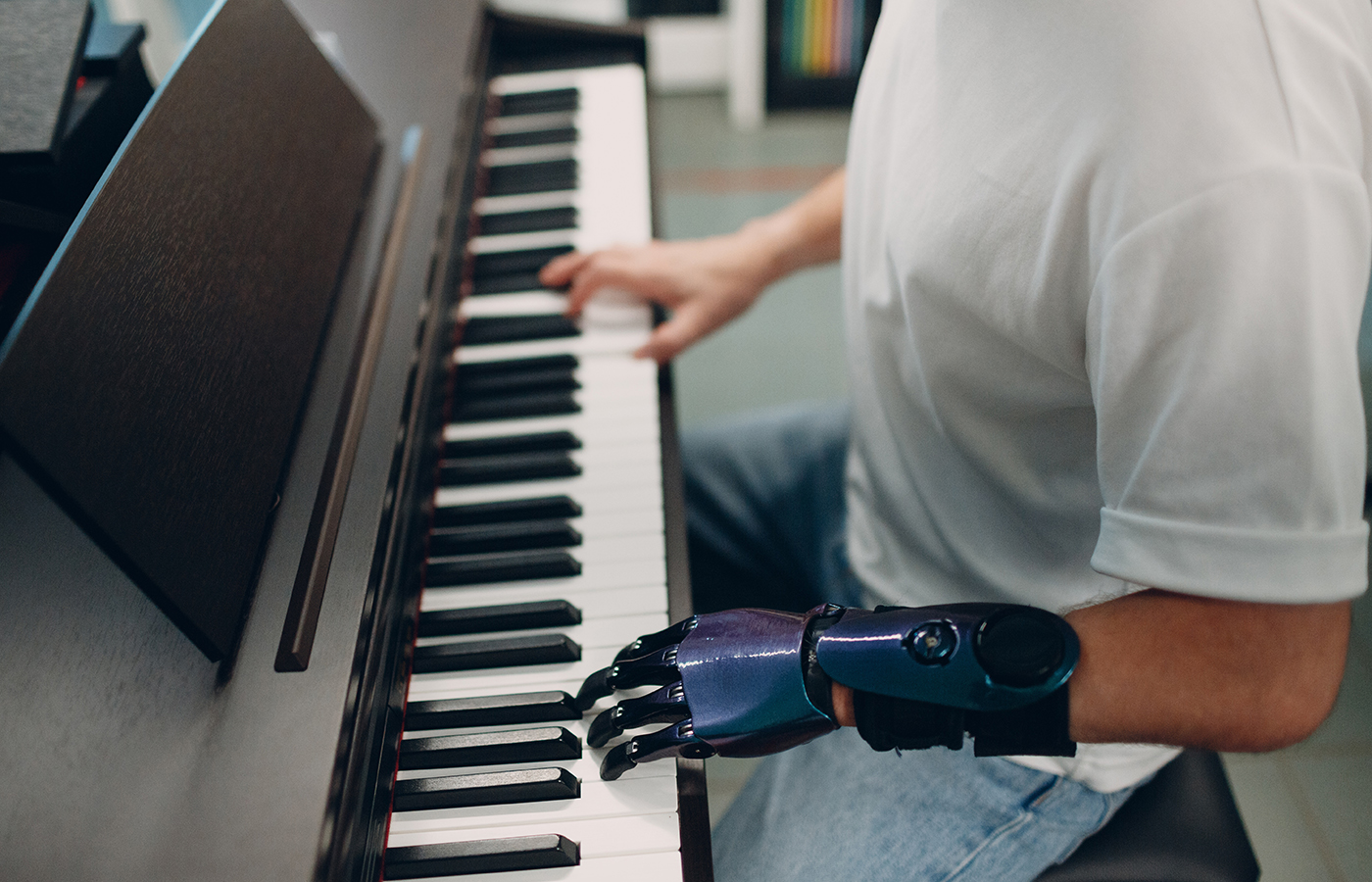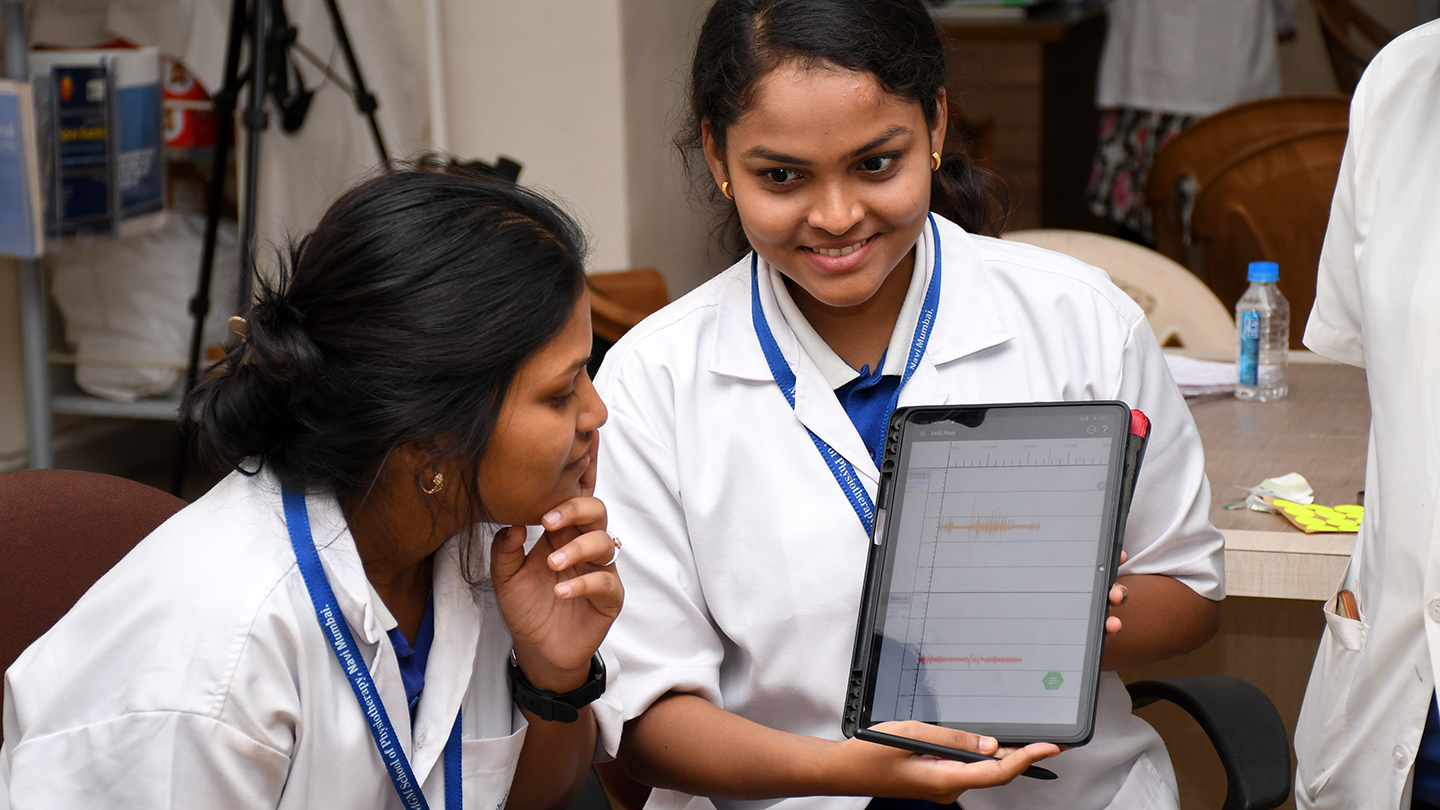Researchers at the University of Newcastle are undertaking an ambitious project to provide bionic hands with the sense of touch.
The investigators involved in this government-funded, £1.4 million project are aiming to design a prosthesis that establishes two-way communications between the brain and the artificial limb.
Based on electromyographic (EMG) data collected using the Delsys Trigno™ Standard & Mini Wireless Sensors, the prosthesis was designed to utilize EMG activity from the subject’s limb to control the device. Without adequate sensory feedback however, users are unable to recognize basic sensations, such as an object’s temperature or the pressure they are applying to said object.
To solve this problem, this bionic prosthesis will have miniature sensors installed into its fingertips, which will then be connected to the appropriate nerve endings in the arm. When a sensor recognizes what the user is touching, the sensor will electrically stimulate the nerve, allowing the user to “sense” this information and adjust according to what they “feel.”
According to lead investigator Dr. Kianoush Nazarpour, implementing this feature into prostheses “will advance the field of prosthetics, provide enhanced function to prosthesis users, and also reduce the time involved to learn how to use the device because the movements will come naturally. ”The researchers plan to have humans using their bionic hands within five years. In the future, the researchers will look to use this technology to enhance the function of people in dangerous situations, such as fire rescue personnel.
This project was birthed from commonly expressed feedback from amputees, as “they want something that is more intuitive and more closely replicates the natural movement and feel of a real hand,” stated Dr. Rory O’Connor, the project’s clinical advisor. “That is what we hope to achieve through this project.”
References
To assist researchers that are interested in small muscle EMG detection, Delsys, Inc. has released a new sensor known as the Trigno™ Mini Sensor. This innovative sensor’s detection head is only 25 x 12 x 7mm, making it ideal for recording EMG in difficult-to-isolate muscles, such as those of the hand. Please Contact Us for more information on how the Trigno Mini Sensor can help your investigations.





